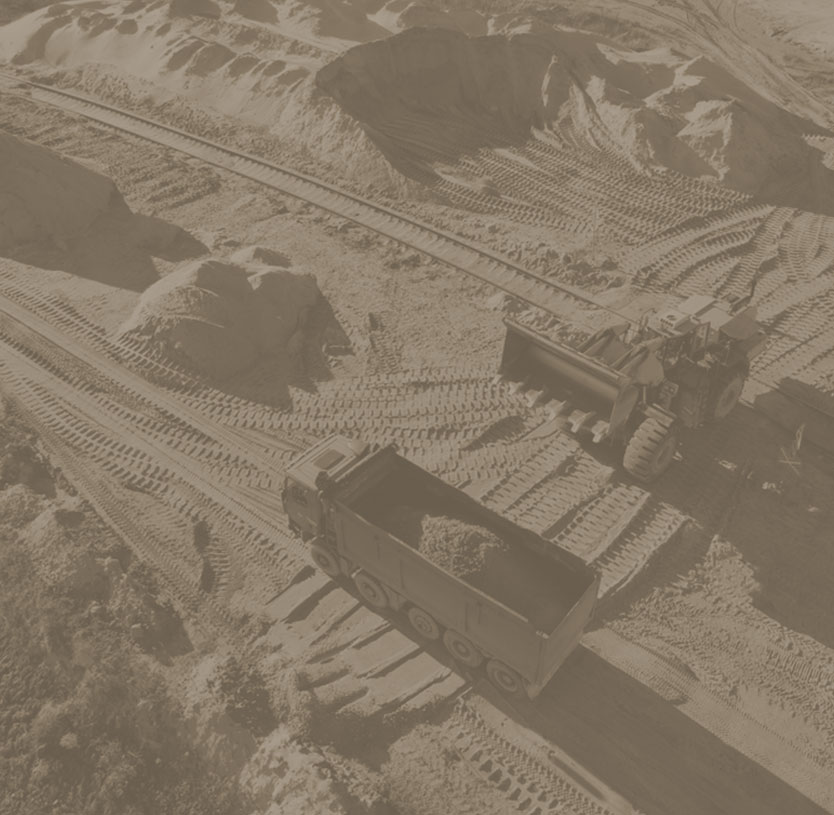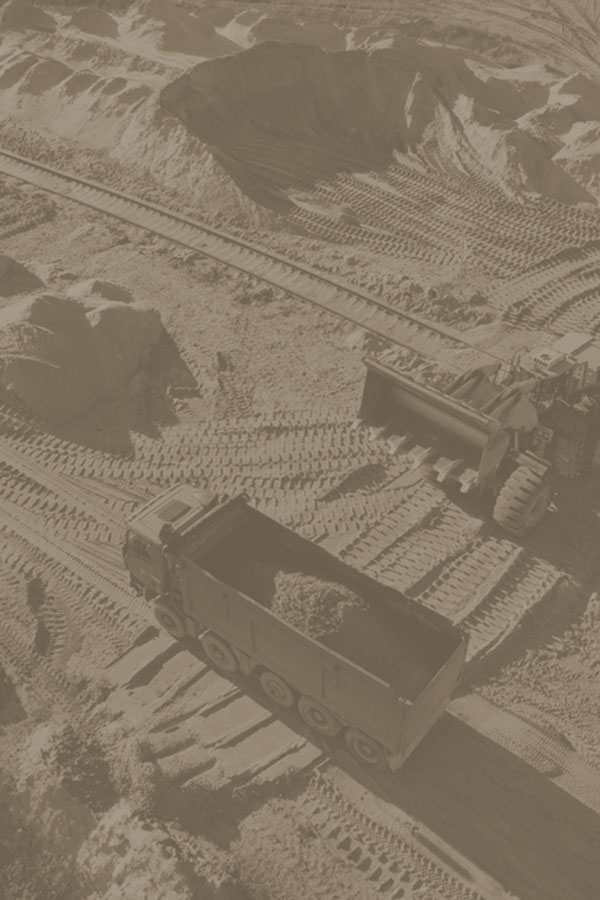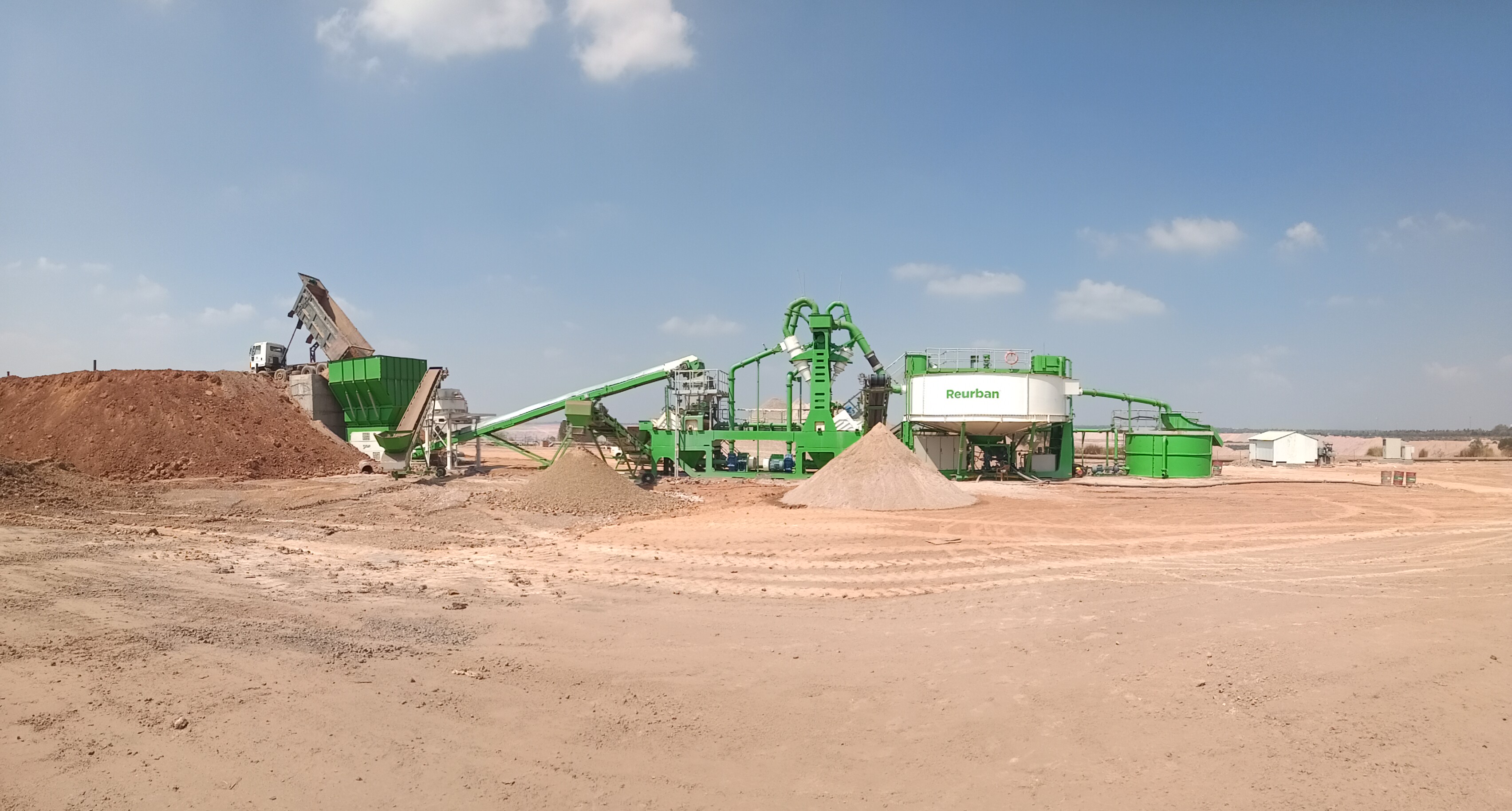


The blatant misuse and indiscriminate mining of river sand has led to some drastic environmental impacts which we have seen over the last few years with embankment erosion and flooding of cities like it happened in New Delhi in 2023.
To protect the interest of our next generation in the time to come we need to look at alternative viable sources for construction grade sand.
Indian cement industry is second largest in the world with installed cement capacity of 600 million tons and production of 391 million tons of cement in 2022-23. Looking at these numbers with the production capacity of 391 million tons (PIB Feb 10, 2024), with the sand requirement being three times of this number which is close to 1.17 billion tons of sand, and this is just the requirement of the construction and infrastructure sector. Where is this going to come from!
To extract 1 ton of Lignite 7 tons of OB needs to be removed so the magnitude of the stockpiles available is huge. As per Ministry of Coal published figures 2468.61 million m3 of OB removal was made in the year 2022-2023 alone. This overburden has a tremendous potential to be converted into construction grade sand meeting the BIS Standard IS 383:2016.
Mining companies like NCL and NLC India have a substantial amount of overburden occupying a lot of land with growth of unwanted vegetation over a period. Over the long duration since the mines have been operational the overburden has been dumped at designated sites and now are running out of areas to stock the overburden. With the introduction of new technologies this so-called waste material can now be converted to a valuable product “Sand”. This conversion will help in supporting the growing demand of the infrastructure development and be an alternate to river sand mining which is extremely detrimental for the environment.
Northern Coal Fields and NLC India Limited have already given fruition to this by installing plants at their different sites with more such projects planned in the time to come. Similarly other CIL subsidiaries have also initiated the process and hopefully we would see a substantial shift into moving away from river sand to procuring sand from such sustainable sources.
CFlo as a part of their sustainable initiative have developed equipments that provide a solution to this. By processing the overburden through a crushing, screening, attrition and wet process MSand can be produced as per the BIS Standard IS 383:2016. The major highlights of this technology are maintaining coal and lignite and silt / clay as per the requirement of IS 383:2016
BIS Standard as represented in Table 1 defines the quality of sand required for different applications in construction and this is done by maintaining the presence of correct sand grain size in each of the defined fractions as illustrated in the tables below. Normally Zone II sand is specified for concrete making in the construction industry. The level of <600 microns is a crucial factor and has to be maintained within the specified range as it effects the pumping of concrete. If due to inefficiency of the screening system in case of high moisture in feed, there is loss of -500+150-micron particle then the sand quality will not be acceptable to the users.600
Table 1: Fine Aggregates
| SL No | IS Sieve Designation | Percentage Passing | ||||
|---|---|---|---|---|---|---|
| Grading Zone I | Grading Zone II | Grading Zone III | Grading Zone IV | |||
| 1 | 10mm | 100 | 100 | 100 | 100 | |
| 2 | 4.75mm | 90-100 | 90-100 | 90-100 | 95-100 | |
| 3 | 2.36mm | 60-95 | 75-100 | 85-100 | 95-100 | |
| 4 | 1.18mm | 30-70 | 55-90 | 75-100 | 90-100 | |
| 5 | 600um | 15-34 | 35-59 | 60-79 | 80-100 | |
| 6 | 300um | 5-20 | 8-30 | 12-40 | 15-50 | |
| 7 | 150um | 0-10 | 0-10 | 0-10 | 0-15 | |
The below chart represents the before and after processing via the CFlo equipment which provides the correct mix of grain size in the final product.
Before
| Sieve Size(micron) | Size(micron) | % Retained | %Passing |
|---|---|---|---|
| +4750 4750 | 0.00 | 100.00 | |
| -4750 +3350 | 3350 | 4.56 | 95.44 |
| -3350 +2360 | 2360 | 9.92 | 85.51 |
| -2360 +1180 | 1180 | 43.44 | 42.08 |
| -1180 +600 | 600 | 11.36 | 30.72 |
| -600 +300 | 300 | 10.41 | 20.31 |
| -300 +150 | 150 | 7.15 | 13.16 |
| -150 +75 | 75 | 3.17 | 10.00 |
| Pan(-75) | 0 | 10.00 | 0.00 |
| Head | 100.00 |
After
| Sieve Size(micron) | Size(micron) | % Retained | % Passing | Zone II |
|---|---|---|---|---|
| +4750 | 4750 | 0.00 | 100.00 | 90-100 |
| -4750 +3350 | 3350 | 0.00 | 100.00 | |
| -3350 +2360 | 2360 | 0.00 | 100.00 | 75-100 |
| -2360 +1180 | 1180 | 39.02 | 60.98 | 55-90 |
| -1180 + 600 | 600 | 20.40 | 40.58 | 35-59 |
| -600 +300 | 300 | 18.70 | 21.88 | 8-30 |
| -300 +150 | 150 | 12.84 | 9.03 | 0-10 |
| -150 +75 | 75 | 5.69 | 3.35 | |
| Pan(-75) | 0 | 3.35 | 0.00 | |
| Head | 100.00 |

Picture of an OB to Sand plant
One of the most important thoughts that come to mind is the financial viability of such a project. With the scarce supply of quality sand, converting mining overburden to sand provides an excellent opportunity for the investor for fast return on investment due to the skyrocketing prices (Rs 1000-Rs 1800 per ton in some parts of India) of washed and graded quality sand. Below is a brief glimpse of a typical financial model for a 140-150 TPH OB to sand processing plant considering a nominal price of Rs 500 per ton for sand ex works.
| REVENUE: | Output Qty | INR/ton | INR |
| MSand as per IS 383:2016 | 504,000 | 500.00 | 25.20 cr |
| COST: | Feed Qty | INR/ton | INR |
| Raw Material (Mining Cost/Ton) | 720,000 | 120.00 | 8.64 cr |
| Plant Operating cost (Material Handling, Utilities, R&M, Labour) | 720,000 | 125.00 | 9.00 cr |
| TOTAL COST | 17.64 cr | ||
| EBITDA Margin | 7.56 cr | ||
| EBITDA over life of the Asset | 113.40 cr |
Mining overburden to sand can be a game changer in the infrastructure landscape and an extremely viable solution for coal companies to progress their sustainable initiatives and support in the movement of reduction of river sand mining. With legacy stocks of billions of tons of overburden this could be the answer we are all looking for.
Associate Director for Sustainable Initiative Mr. Mayank Arora states "Transforming coal mining overburden into sand is an innovative approach to waste management, turning a byproduct into a valuable resource for construction and other industries and providing the infrastructure sector with ethically sourced and manufactured product."